What to plant in Temperate Climates during February
Novella Pea is a 'leafless' shelling pea variety. Novella Pea grows as a bush reaching 75cm in height that does not produce as many leaves as other pea varieties. Instead, the Novella Pea produces tendrils that web together to provide support for the plant. Novella Pea is a yielding variety that produces all season long. Novella Peas are sweet, tender, and juicy.
Italian Parsley is biennial herb that grows large, flat leaves which are full of flavour. Italian Parsley has a stronger flavour than curled varieties. Italian Parsley is a great source of vitamins and minerals. This variety of parsley is fast growing and is great for planting in pots, containers, or grow bags.
Brown Spanish Onion produces a light brown globe shaped bulb, that is medium in size and has a strong, pungent flavour. Brown Spanish Onion is relatively early-maturing compared to other brown-onion varieties and stores well. This onion variety needs a sunny spot in your garden (a minimum of around 6 hours per day) and regular watering. Harvest Brown Spanish Onion when the green onion tops start to wilt and turn brown. This onion variety performs well in pots and containers.
Amposta Purple Onion produces a reddish-purple coloured bulb that is medium is size and midly-sweet in flavour. Amposta Purple Onion requires 12 to 14 hours of consistent sunlight hours per day to form a uniform bulb and regular watering. Harvest Amposta Purple Onion when the green onion tops start to wilt and turn brown. Amposta Purple Onion can be harvested early as 'spring onions' and the green onion tops are also edible. This onion variety performs excellent in pots and containers as small as 3 litres.
Romanian Red Cos Lettuce is a bi-colour variety which has deep-red and vibrant green leaves that grow vertically to form a loose head. Romanian Red Cos is slow bolting and can handle warmer climates, so it is a great lettuce variety to add to your garden for the summer. The outside lettuce leaves can be harvested as required during the growing season and this will also encourage more plant growth. Romanian Red Cost Lettuce prefers rich well-draining soil and a sunny spot in your garden (but it can tolerate partial shade). Romanian Red Cos Lettuce may require protection from the sun during the extreme heats of summer. Protect your lettuce from pests like snails, slugs, and aphids.
Grow your own 'iceburg' lettuce! Great Lakes Lettuce is your common, drum-head lettuce with crisp, slightly crinkled leaves. Great Lakes Lettuce is easy to grow, slow bolting, and can handle a partially shady spot in your garden. While Great Lakes Lettuce dislikes extreme heats, this variety can handle hot conditions better than other lettuce varieties — so it will be a great addition to your garden in the summertime! This lettuce variety can grow well in a variety of different soils, but it will need to be protected from pests like snails, slugs, and aphids.
Dwarf Blue Curled Kale produces dark blue-green curled leaves rich in vitamin A and C, and is high in antioxidants. This is a dwarf variety that reaches 35 to 45cm tall and about 75cm wide. Dwarf Blue Curled Kale is hardy and frost tolerant. Plant this variety in an area that gets at least 6 hours of sunlight per day.
Swiss Chard, known more commonly as 'Silverbeet', is a green, leafy vegetable with edible stalks (like celery) and leaves (like spinach). Rainbow Swiss Chard is a mixture of red, green, pink, and yellow swiss chard varieties. This variety of swiss chard is likely to reach around 60cm in height. Because Rainbow Swiss Chard grows vertically, this vegetable is great for growing in pots and containers. The stand-out hues in Rainbow Swiss Chard are sure to brighten up your garden and would be great to get kids interested in gardening (and in vegetables too!).
Fordhook Giant Swiss Chard, known more commonly as 'Silverbeet', is a green, leafy vegetable that can reach 70cm in height. Fordhook Giant Swiss Chard grows vertical white stalks that house tender green leaves. Fordhook Giant Swiss Chard is faster growing than other similar varieties. This variety of chard is frost tolerant and resistant to bolts. Treat your swiss chard leaves like you would other leafy vegetables, and don't forget the white stalk can be eaten like celery!
Grow your own baby spinach! This variety of spinach is best for baby leaf production. This means you don't need to wait for your spinach to reach full maturity before your first harvest. Pick your spinach leaves as you need them. Baby spinach leaves can be picked as early as 3 to 4 weeks in. This variety of spinach can also be grown as a microgreen.
Oregon Sugar Pod Snow Pea plants are a dwarf variety of pea that grows up to 90cm tall. Oregon Sugar Pod Snow Pea plants are high-yielding, low maintenance and resistant to powdery mildew. This variety of snow pea produces pods that can grow up to 10cm in length. Pods are sweet, crisp, and high in vitamins A, B and C. Oregon Sugar Pod Snow Pea plants can be staked or left to grow horizontally across your garden.
White Icicle Radish forms a carrot-shaped edible root that is snow white and mild in flavour. White Icicle Radishes can grow up to 15cm long, are crisp in texture and have a thin skin. This variety of radish is fast growing, early maturing and can handle being planted in an area that only gets partial sun.
French Breakfast Radish produce cylindrical edible roots that grow to around 5cm long. Radishes have a deep pink and white skin and white flesh, with large leafy green tops growing 15cm tall. French Breakfast Radishes have a crisp texture but are relatively mild in flavour. This variety of radish is fast growing, early maturing and can handle being planted in an area that only gets sun for half of the day.
Early Jesi Cauliflower is a popular, easy to grow variety that produces a large ivory head weighing up to 1.8kg. Early Jesi Cauliflower is high in vitamin C and the leaves of the cauliflower plant are edible too! Ensure your cauliflower head is protected from pests by taking the inner green leaves of the plant and tying them up around the head.
Paris Market Carrots produce small, round carrots approximately 5cm in diameter. Paris Market Carrots are orange or red in colour and full of flavour. This variety of carrot can be grown in usually unideal soil conditions — if your soil is rocky, shallow, is lacking nutrients, or is rich in clay, Paris Market Carrots can still thrive. Paris Market Carrots grow great in containers and pots, so they are the perfect addition to your urban garden. Water your Paris Market Carrots regularly to ensure they form their round-shape.
All Seasons Carrots are a popular, 'store-bought' variety of carrot with a bright-orange skin and a reddish core. All Seasons Carrots are easy to grow, resistant to disease, and high in vitamin A and carotene. Carrots are crunchy, full of flavour and can grow to 20cm in the right conditions. All Seasons Carrots are best grown in full sun but they can handle partial-shade. Ensure your soil is loose and sandy, and carrots are not over-crowded to grow aesthetic long, straight produce. Don't forget, the green carrot tops are edible too! Try carrot greens out in pesto, chimichurri, or sauté like you would kale or pak choi.
Our Cactus Species Mixed seeds contains five species of perennial cacti species. Cacti are a fantastic, extremely low-maintenance way to add greenery to your house or garden. Cactuses can grow in poor soil conditions — in fact, they love sandy or rocky soil. Cactuses also don't need to be watered often. They actually prefer to stay dry! Cactuses are long-lasting, hardy, and will put on a beautiful display when they flower. Cactuses are fantastic little houseplants. Pop them in a miniature colourful pot, place them in a sunny position, then set and forget!
Our Cactus Species Mix contains random quantities of the following seed varieties:
Saguaro Cactus (Carnegia gigantea) — The Saguaro Cactus is a tall, skinny, tree-like cactus that form branches (otherwise known as 'arms'). The spines of the Saguaro Cactus are small and white. This variety of cactus produces strong-scented white flowers at the top of the stems and the cactus arms in the late spring.
Golden Barrel Cactus (Echinocactus grusonii) — The Golden Barrel Cactus is a short, round-shaped cactus with long golden spines. The colour of cactus is pale- to lime- green and they sprout bright yellow flowers in late spring.
Strawberry Cactus or Hedgehog Cactus or Strawberry Hedgehog Cactus (Echincereus enneacanth) — The Strawberry Hedgehog Cactus is affectionately named after the lifeform it resembles. The Strawberry Hedgehog Cactus can form small clumps of 100 (or more) individual stems by the time it reaches maturity. In the summer, these stems develop large, show-stopping, bright pink-purple (or 'strawberry') coloured flowers.
Barrel Cactus (Ferocactus sp.) — Barrel Cactuses are large and attractive individual barrel-shaped stems. The flowers of a Barrel Cactus are small but generally form a ring around the tip of the cactus. Barrel Cactuses have ridges that run vertically down the stem, and are covered with both long and short spines.
Arizona Barrel Cactus (Ferocactus wislizeni) — Arizona Barrel Cactuses are usually a singular, cylindrical shaped cactus. Rarely does this variety have multiple stems. The Arizona Barrel Cactus has between 15 to 30 ribs with small groupings of spines running down each rib. Similar to other Barrel Cactuses, the Arizona Barrel Cactus produces a ring of flowers around the tip of its stem.
Green Vertus Savoy Cabbage is a hardy cabbage variety that produces a medium sized-head up to 20cm in diameter. Green Vertus Savoy Cabbage is easy to grow and is extremely cold tolerant. This cabbage variety is sweeter than Golden Acre Cabbage and is commonly used to make sauerkraut. Ensure the cabbage head is protected from caterpillars and aphids.
Golden Acre Cabbage is a popular variety that is fast growing and early maturing. This cabbage variety produces firm round heads of around 15cm in diameter. Plant Golden Acre Cabbage in full sun or partial shade in well-draining soil rich in organic matter. Golden Acre Cabbage prefers cooler weather* and can bolt if the temperature becomes too hot. Ensure the cabbage head is protected from caterpillars and aphids.
Get the birds and the bees buzzing in your garden with our Butterfly Mix! Our Butterfly Mix contains Monarda didyna (Beebalm), Rudbeckia (Black/brown Eyed Susans), Liatris (Blazing Star), Nepeta — Catmint (similar to Catnip, but does not entice cats), Echinacea, Ageratum (Floss Flower), Lavender, Asclepias (Tropical Milkweed), Phlox (Garden Phlox), Salvia (Common Garden Sage), Antirrhinum (Snapdragon), Achillea (Yarrow), and Zinnia seeds. Not only will this combination of flower seeds look aesthetic and attract butterflies to your garden, but it will also diversity your backyard ecosystem and provide the butterflies with the nectar they need to pollinate your plan
Romanesco Broccoli produces a large (but tender!) lime green head with an intricate geometric pattern. Romanesco Broccoli can produce heads of around 1kg and have a delicate, nutty flavour that is high in vitamin C. Ensure the broccoli head is protected from caterpillars and aphids.
Early Wonder Beetroot is early maturing variety that produces a deep red, round edible taproot. Early Wonder Beetroot can be harvested once the bulb reaches a around 5cm in diameter. The bulb can become woody if they are left to mature for too long (around 8 to 10cm in diameter). Don't forget the leaves of a beet plant are edible too! Use as a leafy green (similar to Swiss Chard) in stir fries and stews, or simply steam and enjoy. Harvest the greens any time.
Cherokee Wax Beans are a dwarf bush bean variety that produces pale yellow, stringless bean pods. This bean variety does not require a trellis, but we do recommend a stake to support the beanstalk as it grows. Cherokee Wax Beans prefer well-draining soil and they will need a sunny spot in your garden to reach their full potential. Ensure you harvest your beans regularly throughout the growing season because this will encourage your plant to grow more! Cherokee Wax Beans are best eaten when young, as they are sweet and tender.
Blue Lake Beans are climbing variety that produce long, green, stringless bean pods. Blue Lake Beans are a hardy, high yielding plant that can grow up to 1.8 metres tall (so you will need a trellis!). This variety of bean can do well in most types of soils, can be planted in the sun or in partial shade, and does not require a lot of fertiliser (as bean plants can fix nitrogen from the air only fertilise when tending to deficiencies). Unlike some other bean varieties, the bean pods of Blue Lake Beans remain tender even after they are finished growing — so they can be left on the plant until you are ready to harvest.
Green Globe Artichokes are a frost tolerant annual or perennial that can grow up to 180cm tall under ideal conditions. Green Globe Artichokes produce an edible bud (otherwise known as a 'choke'), usually medium green in colour with a purple tinge at the base of the bud. The chokes of this species can reach up to 7cm to 10cm in diameter. This artichoke variety has reduced thorns on the stems of the plant. Remember it is perfectly normal to see some variability in the appearance of the choke and the length of time it takes to reach maturity.

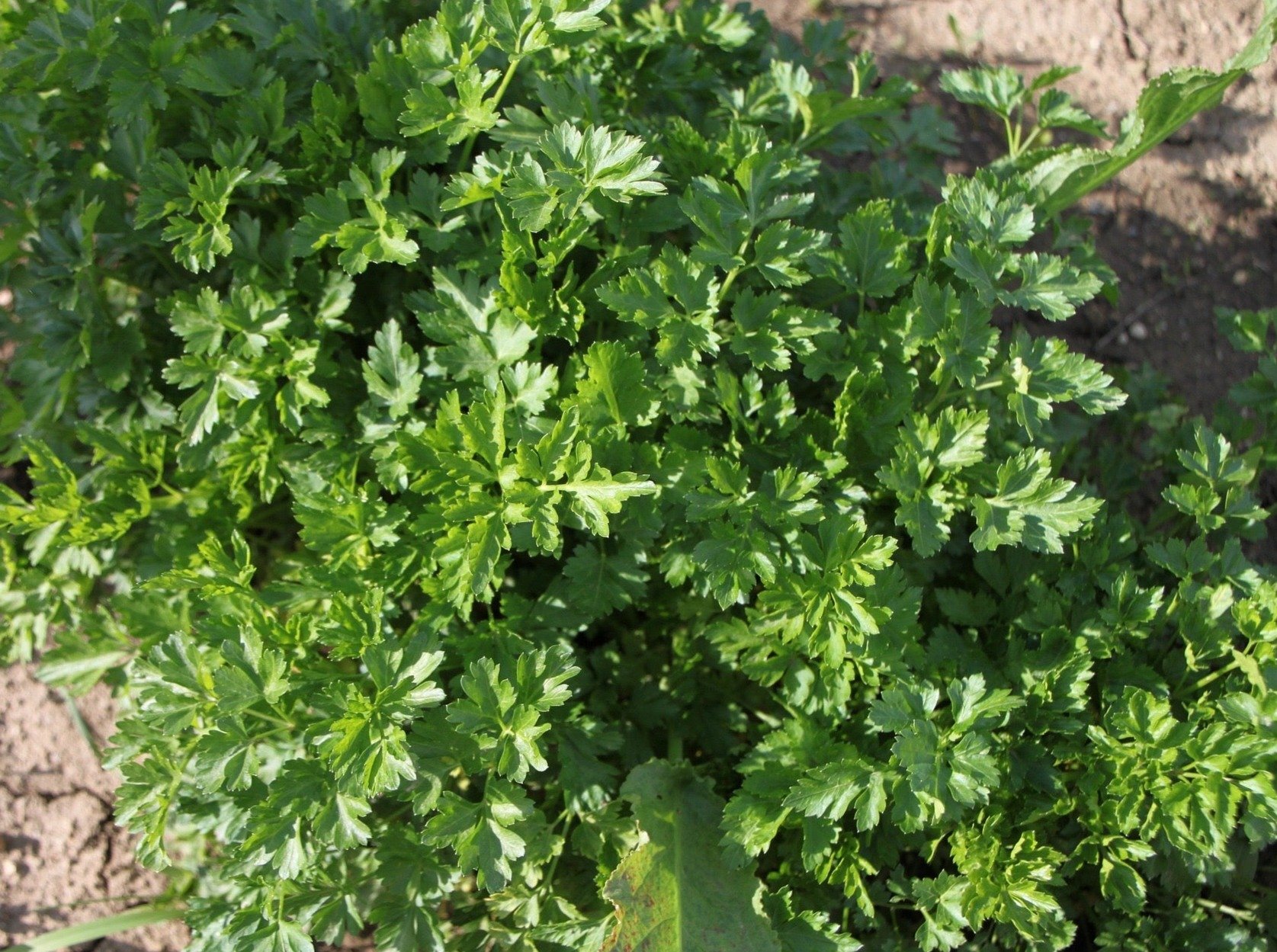

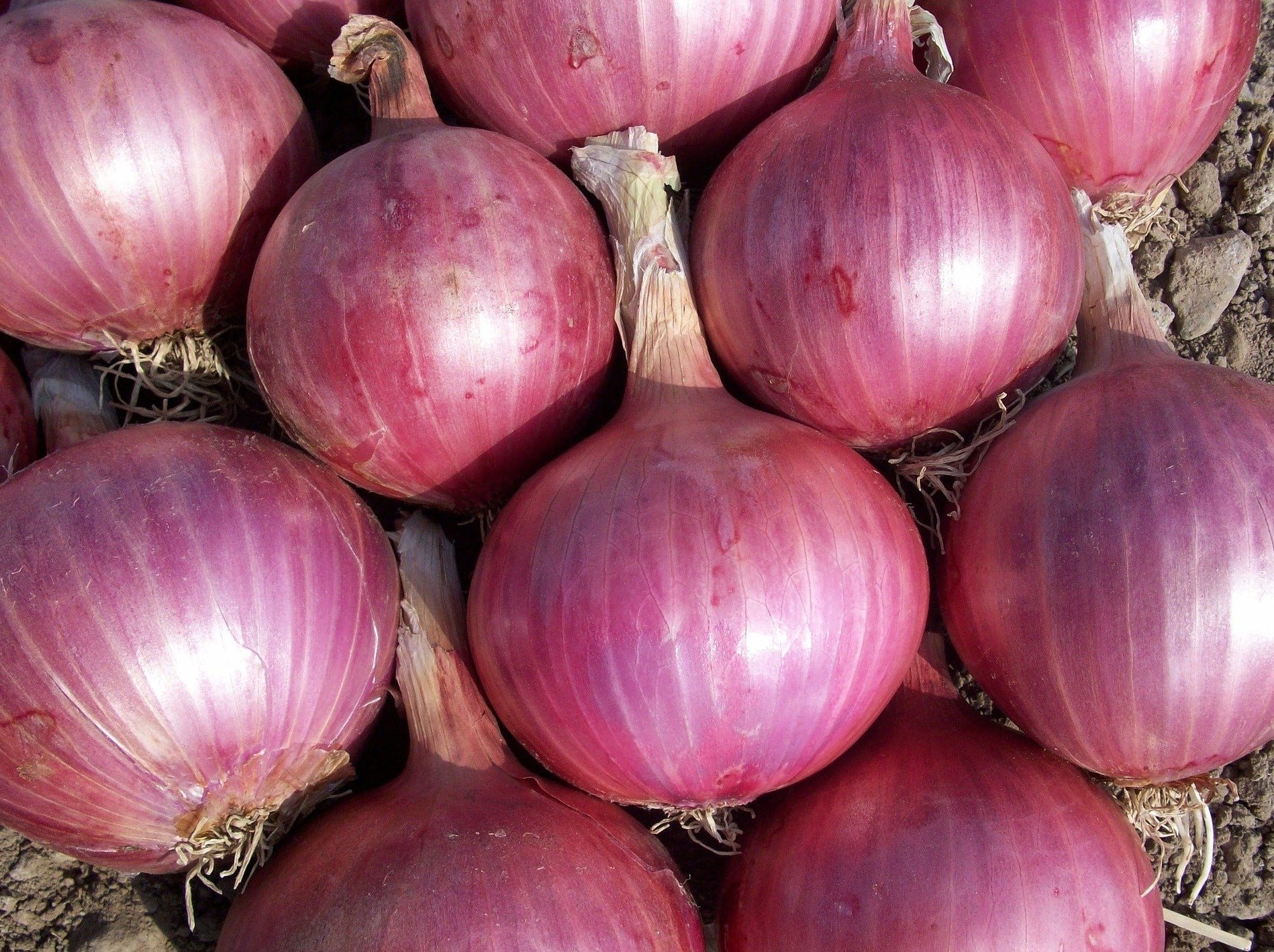

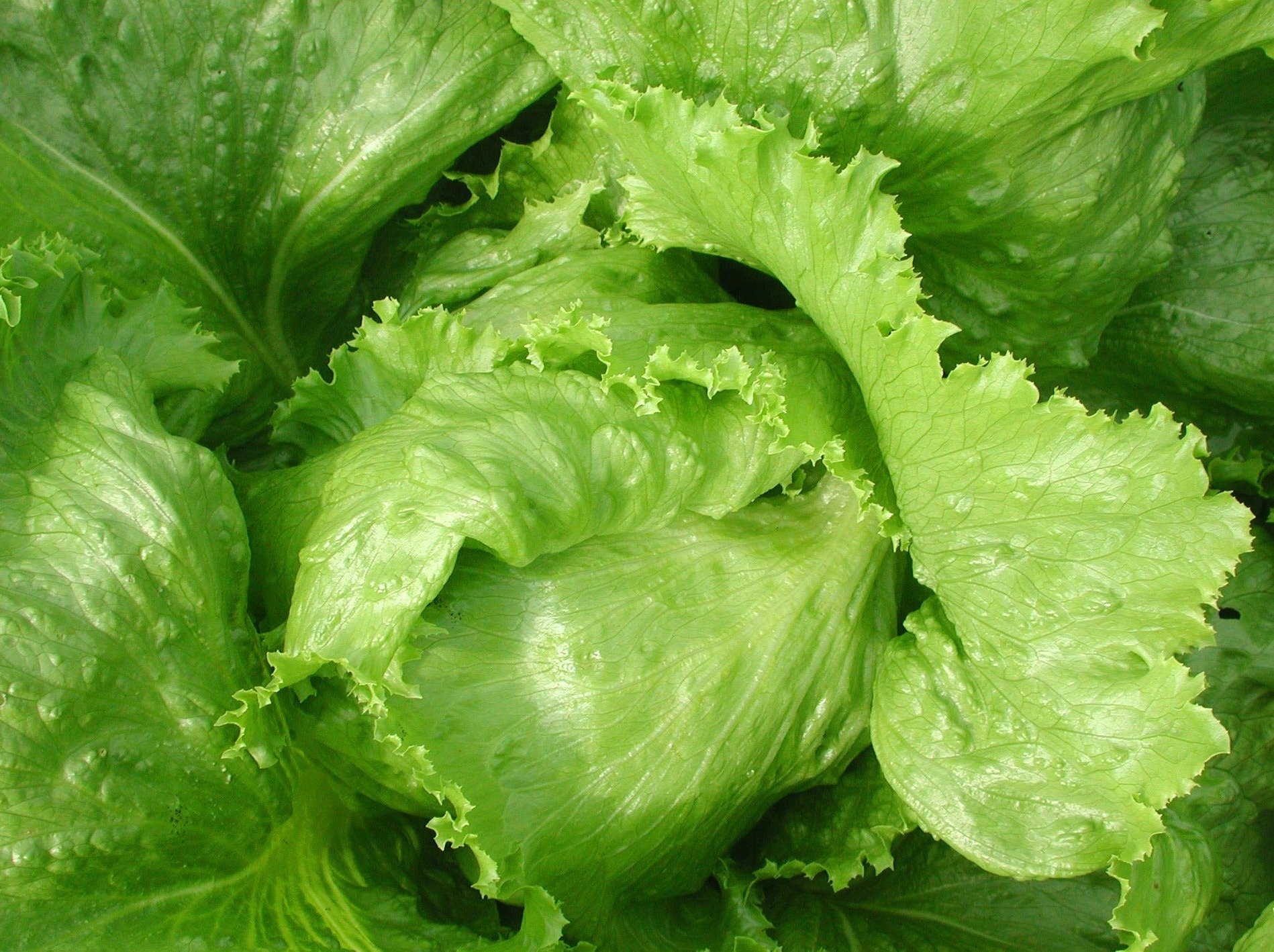
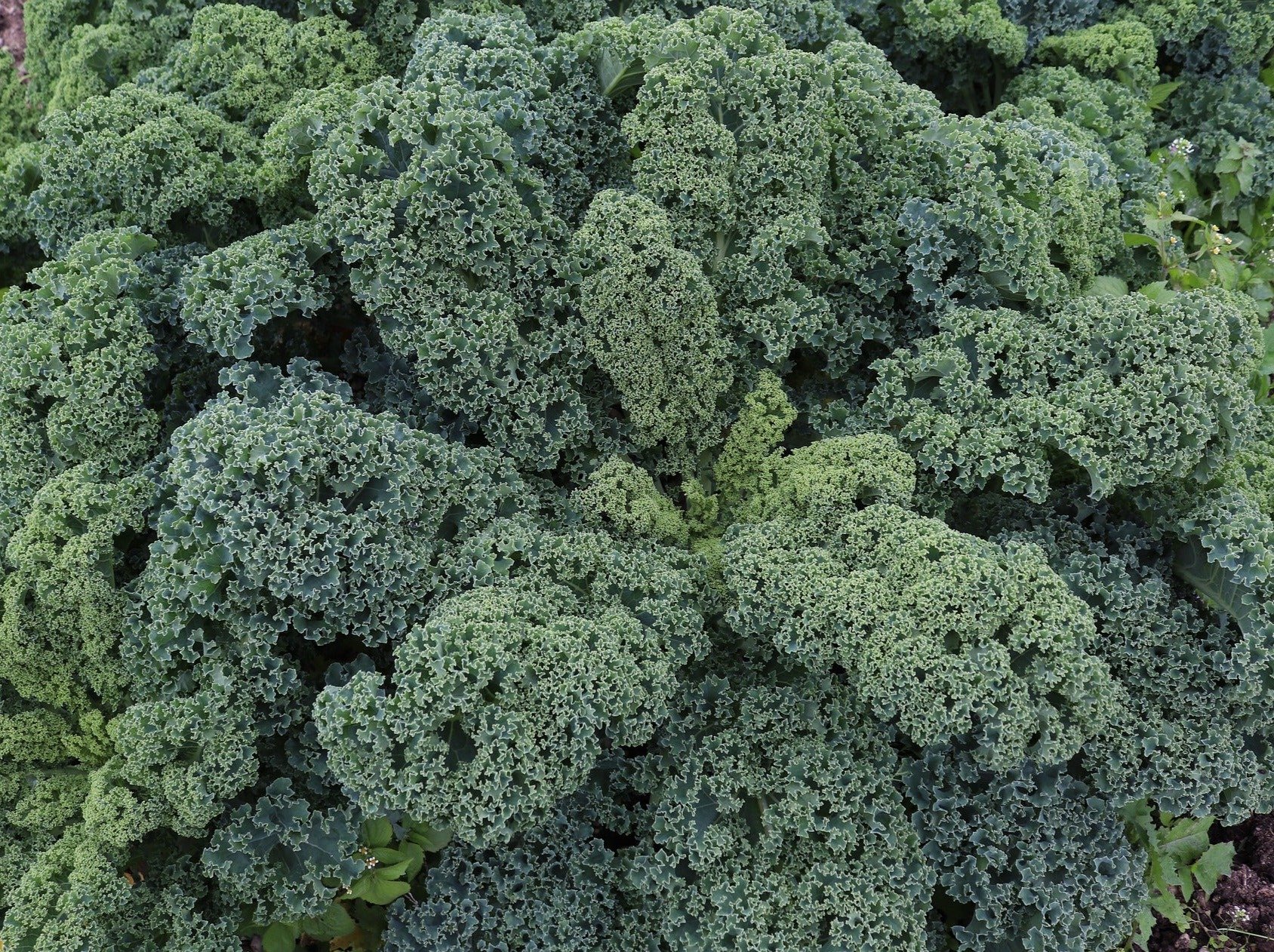


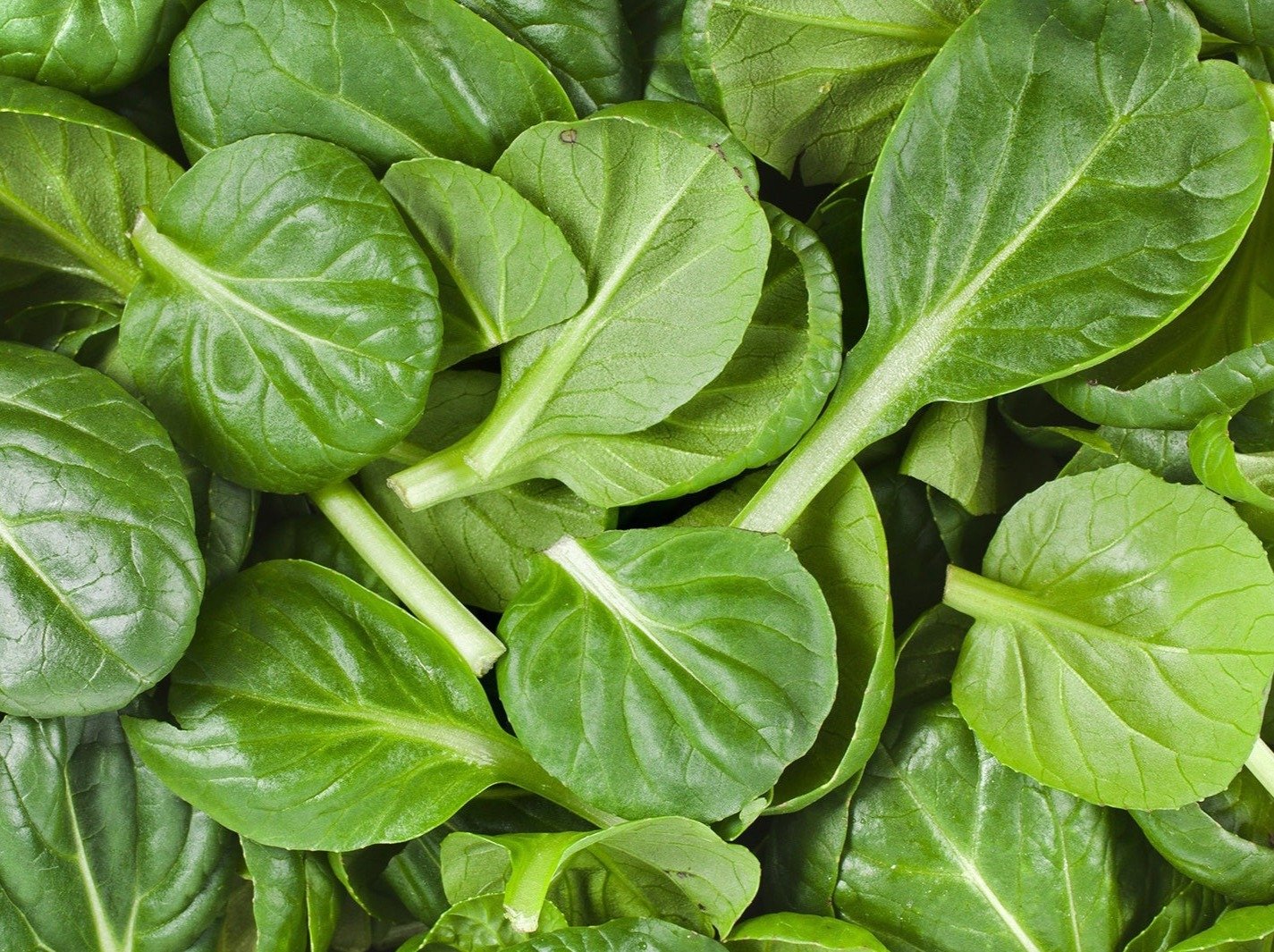
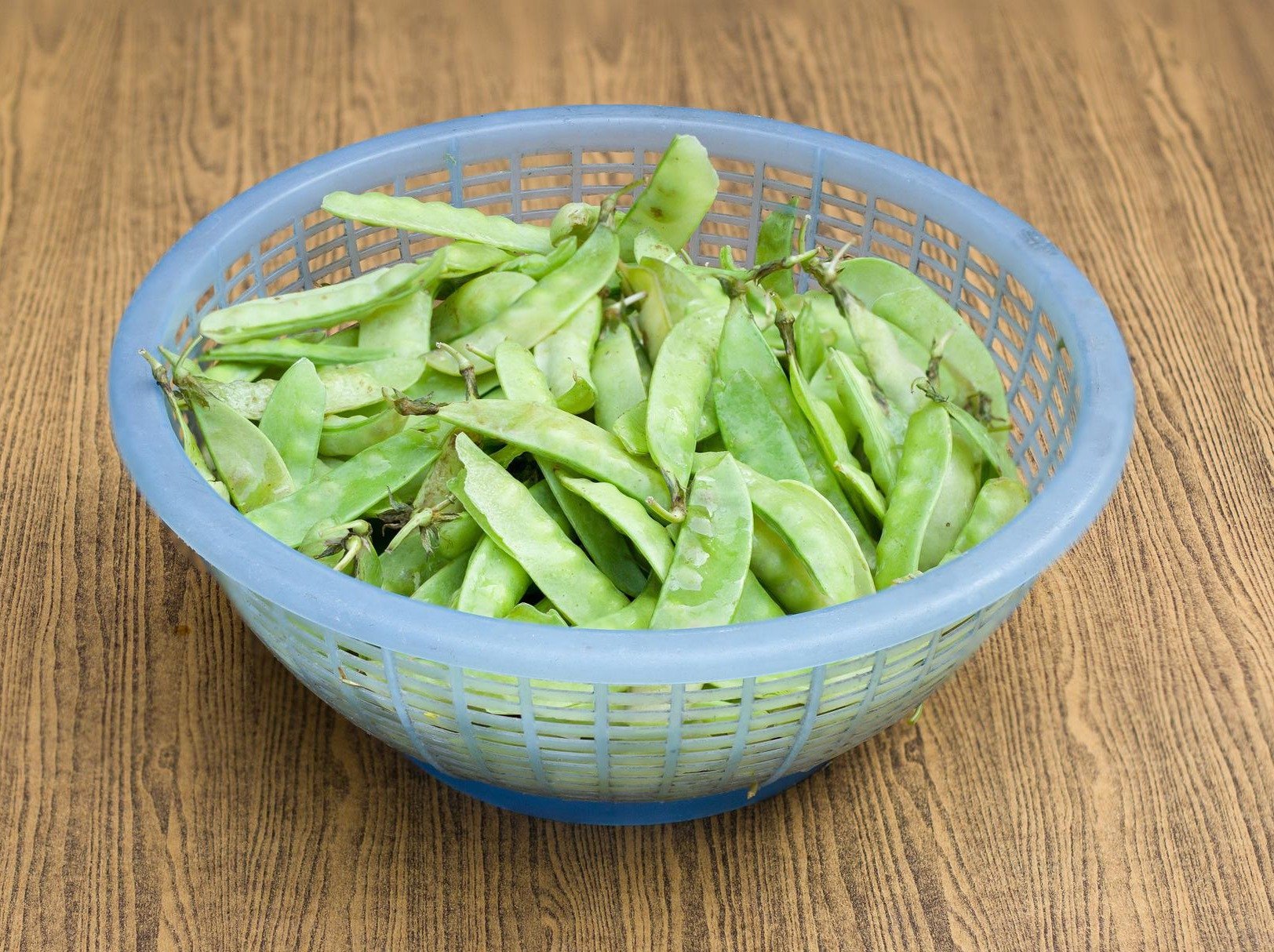
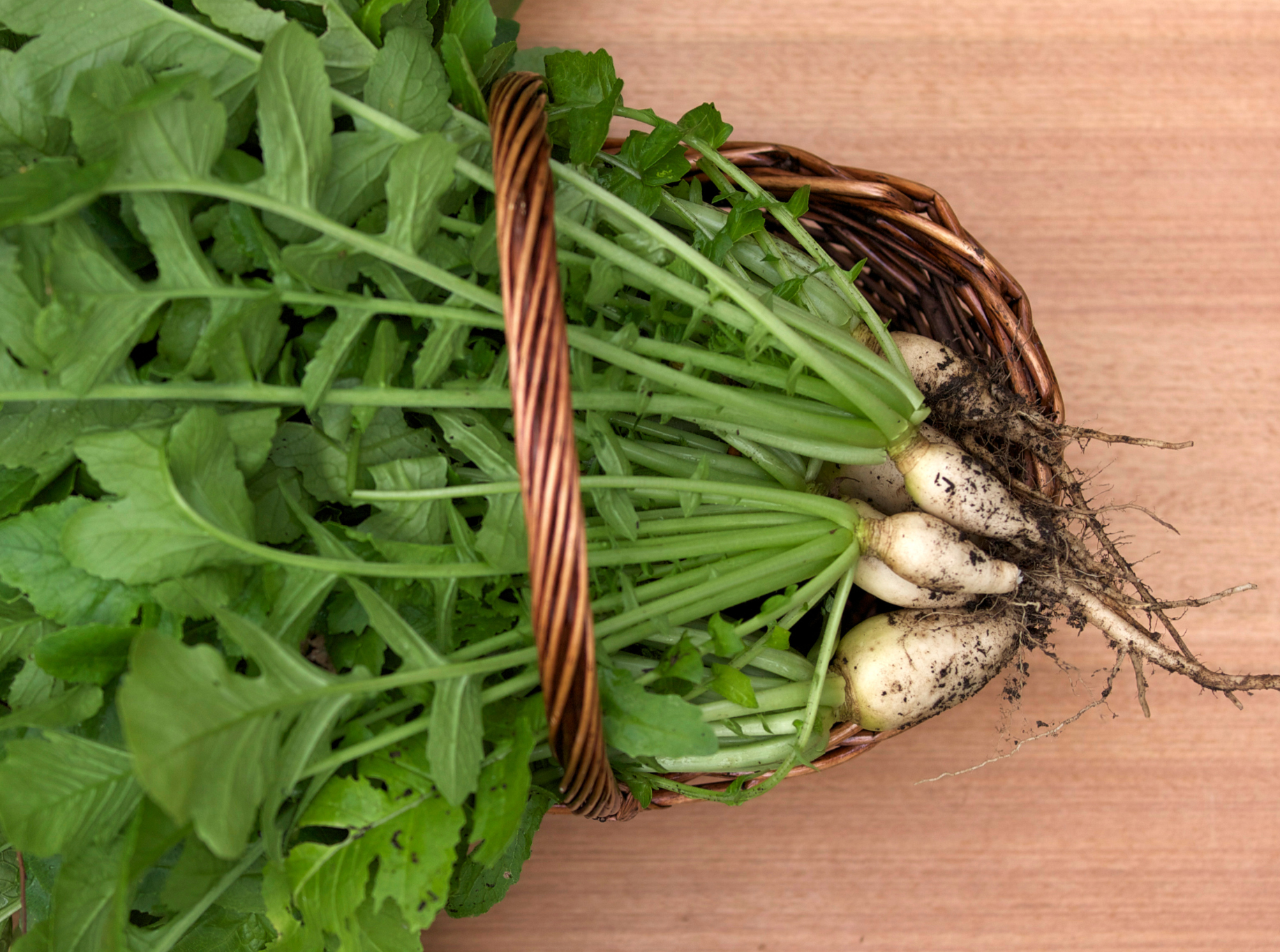
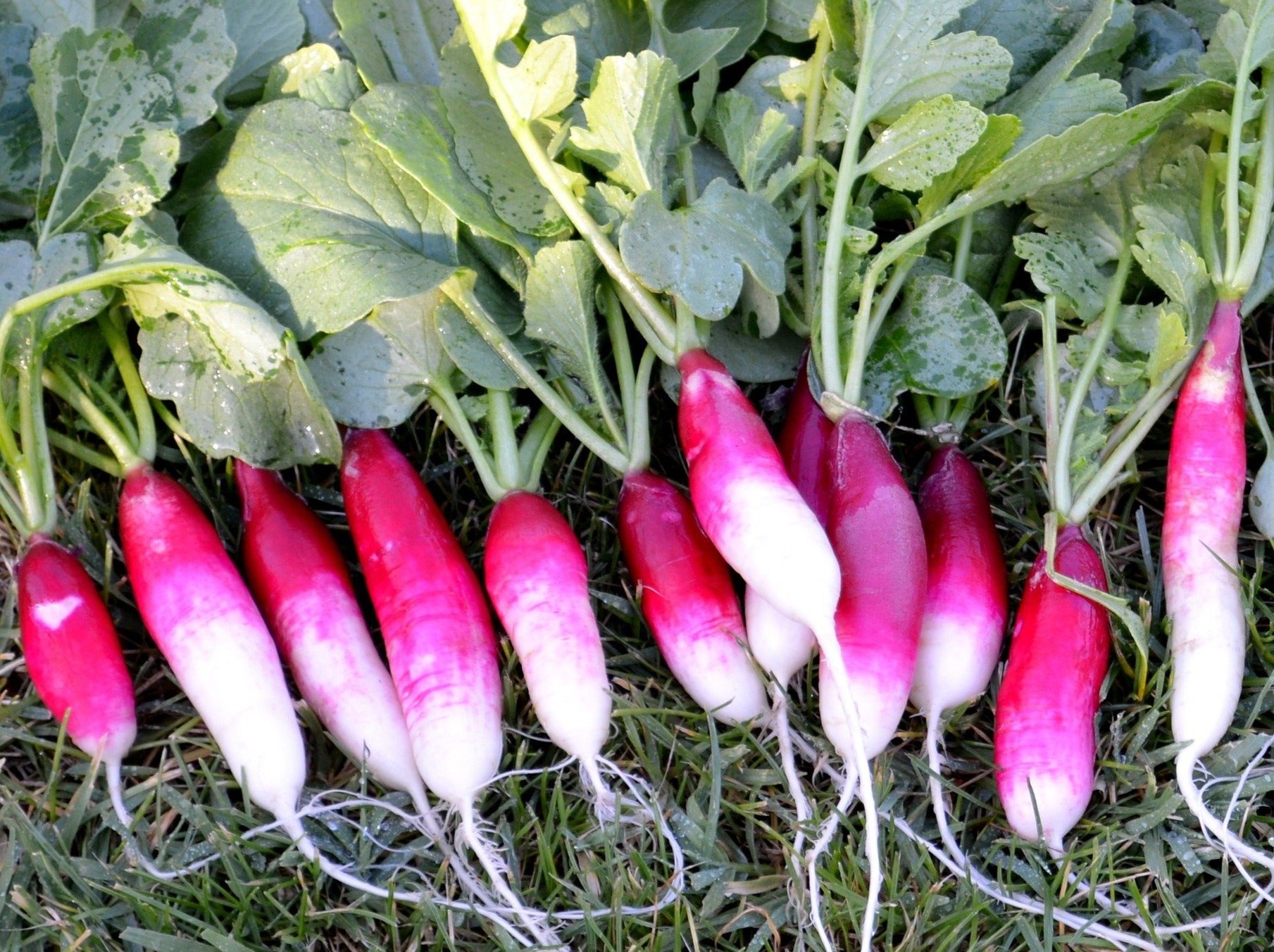
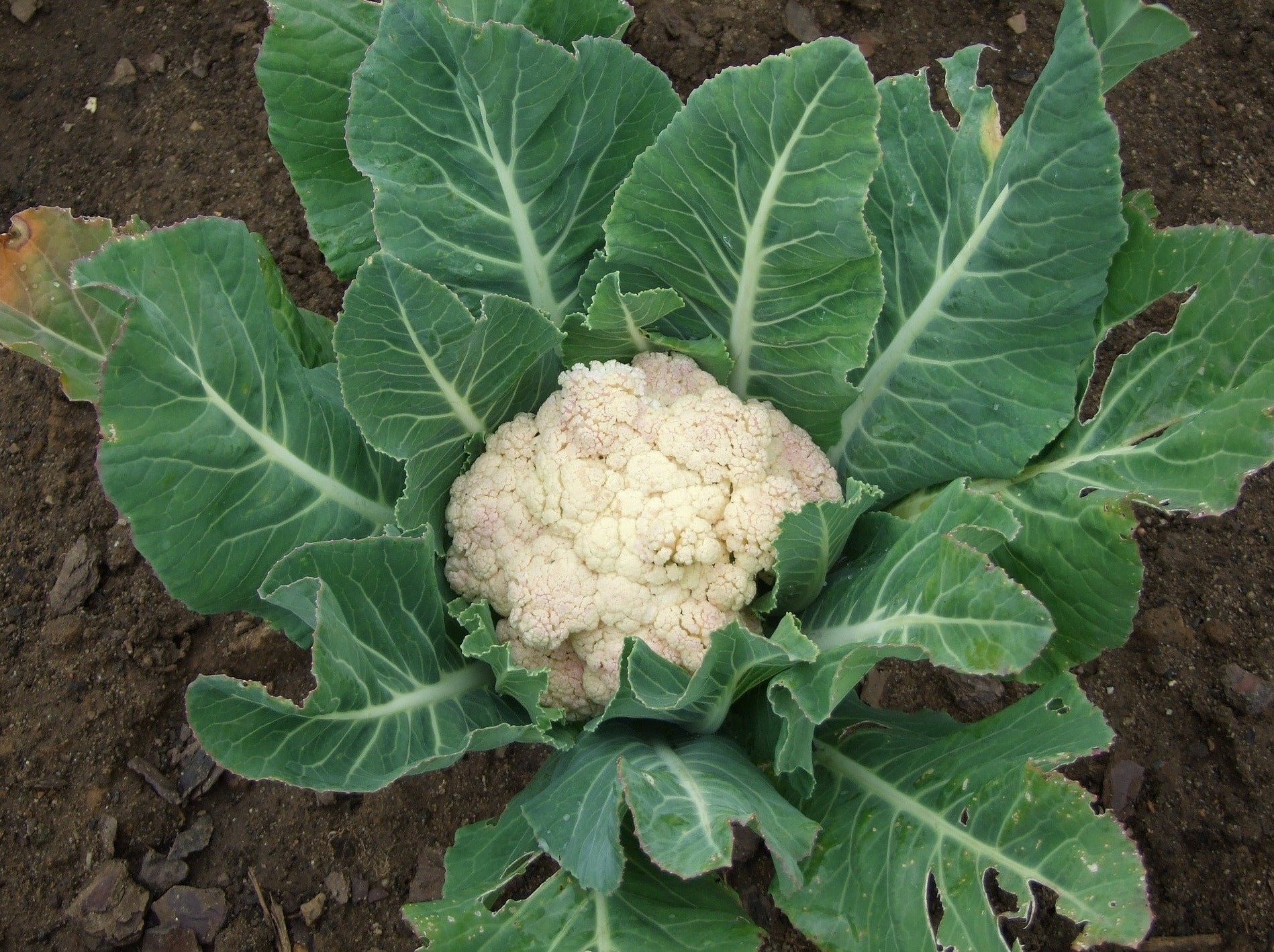

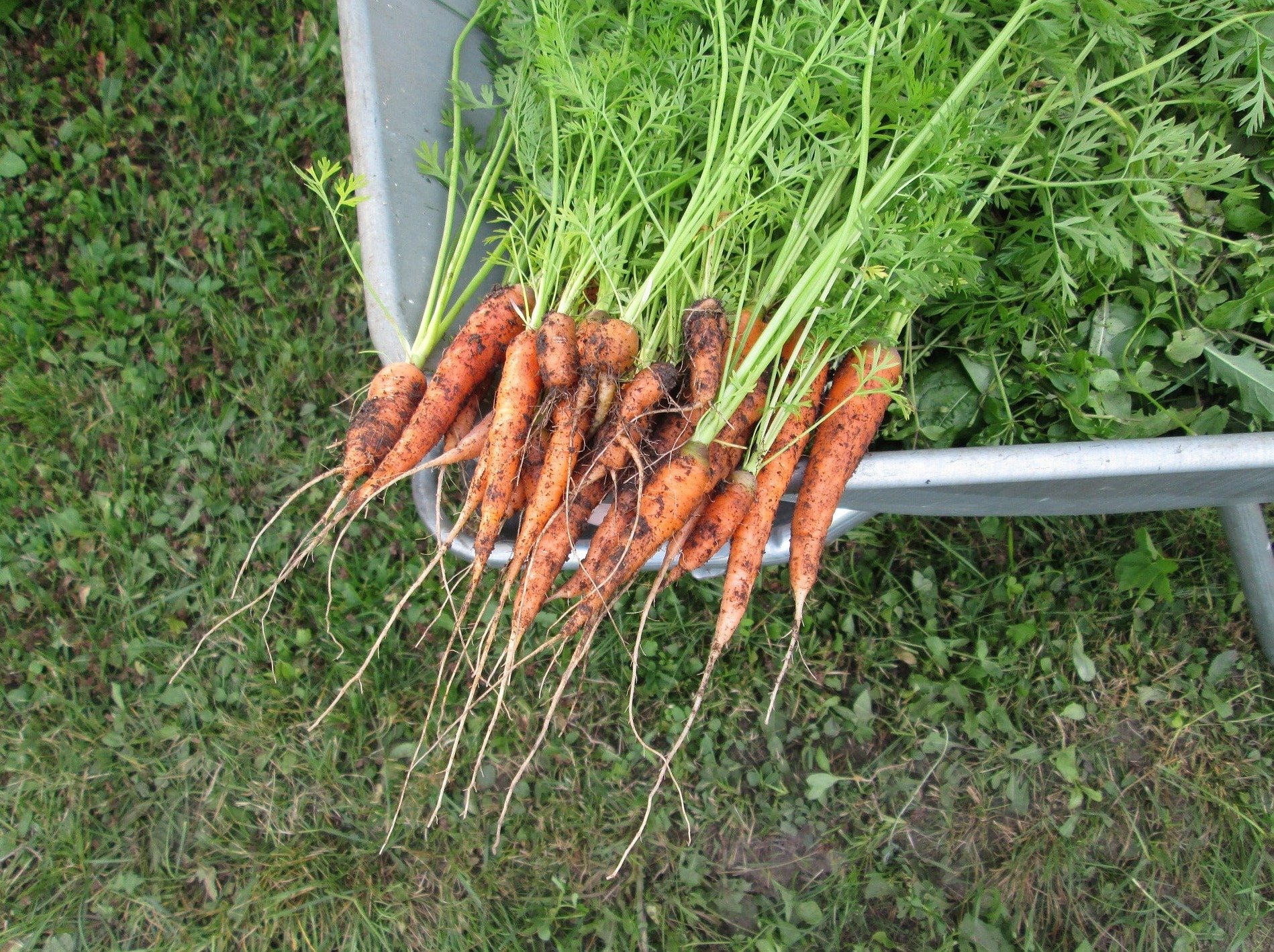

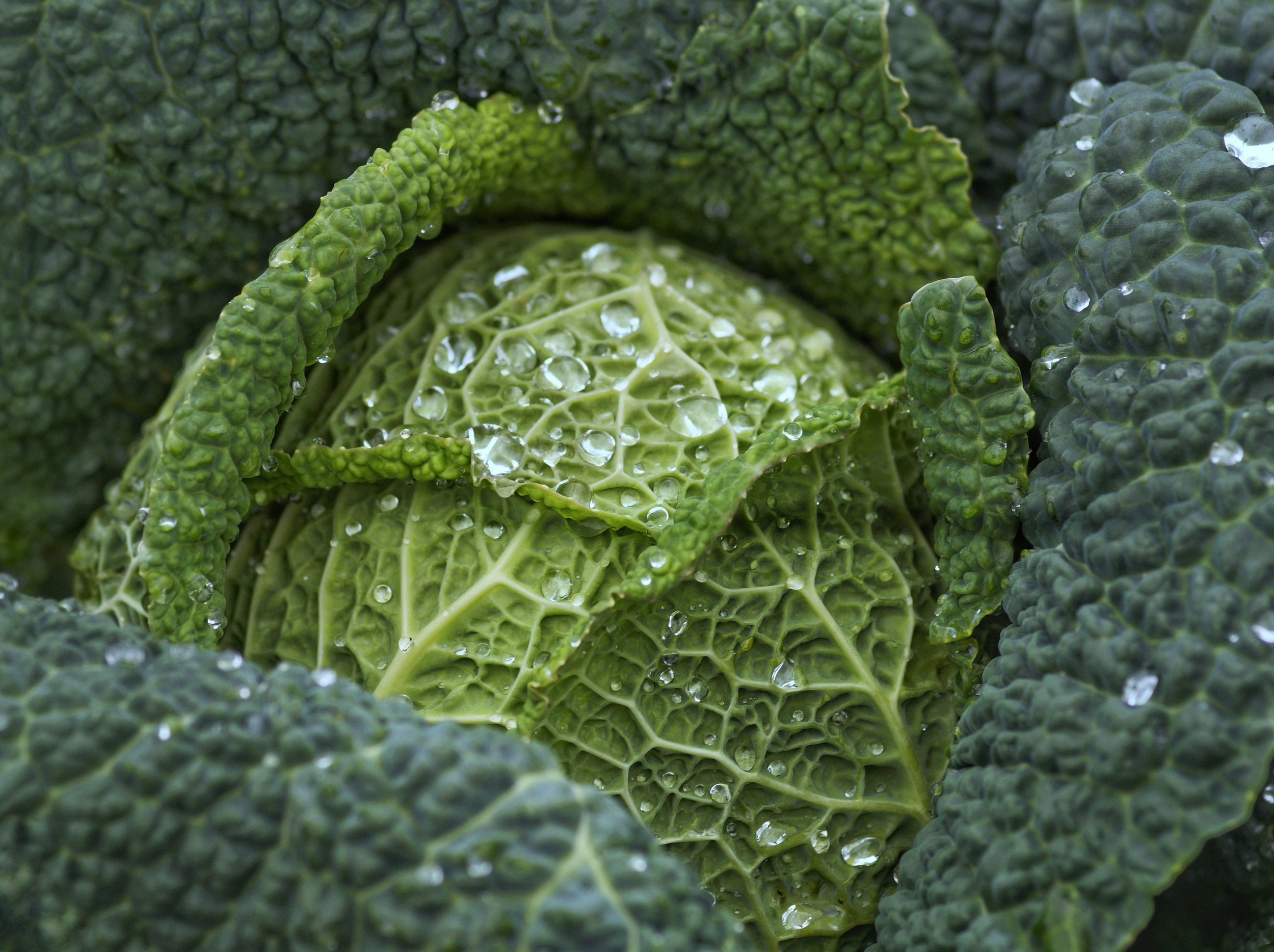
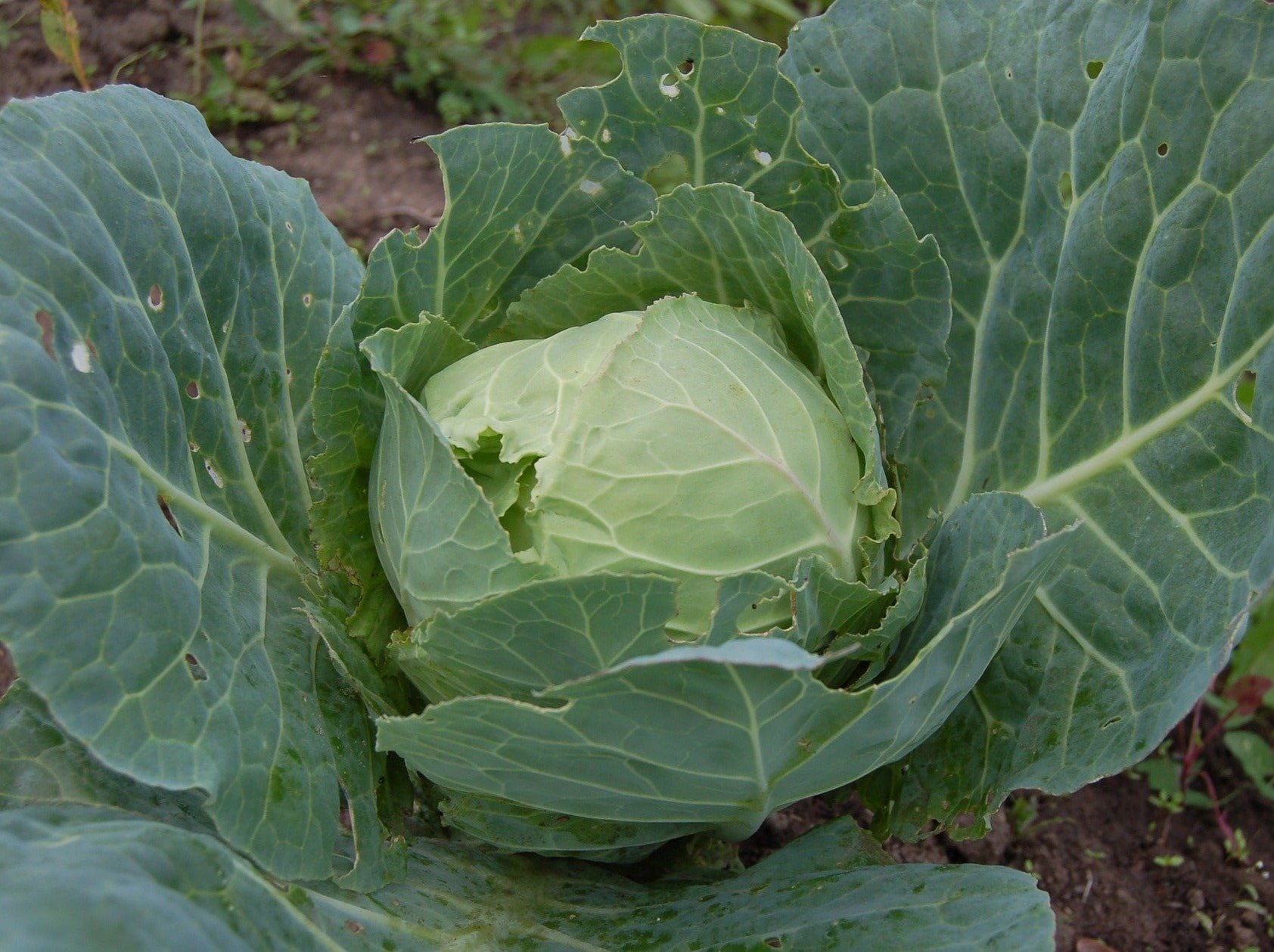

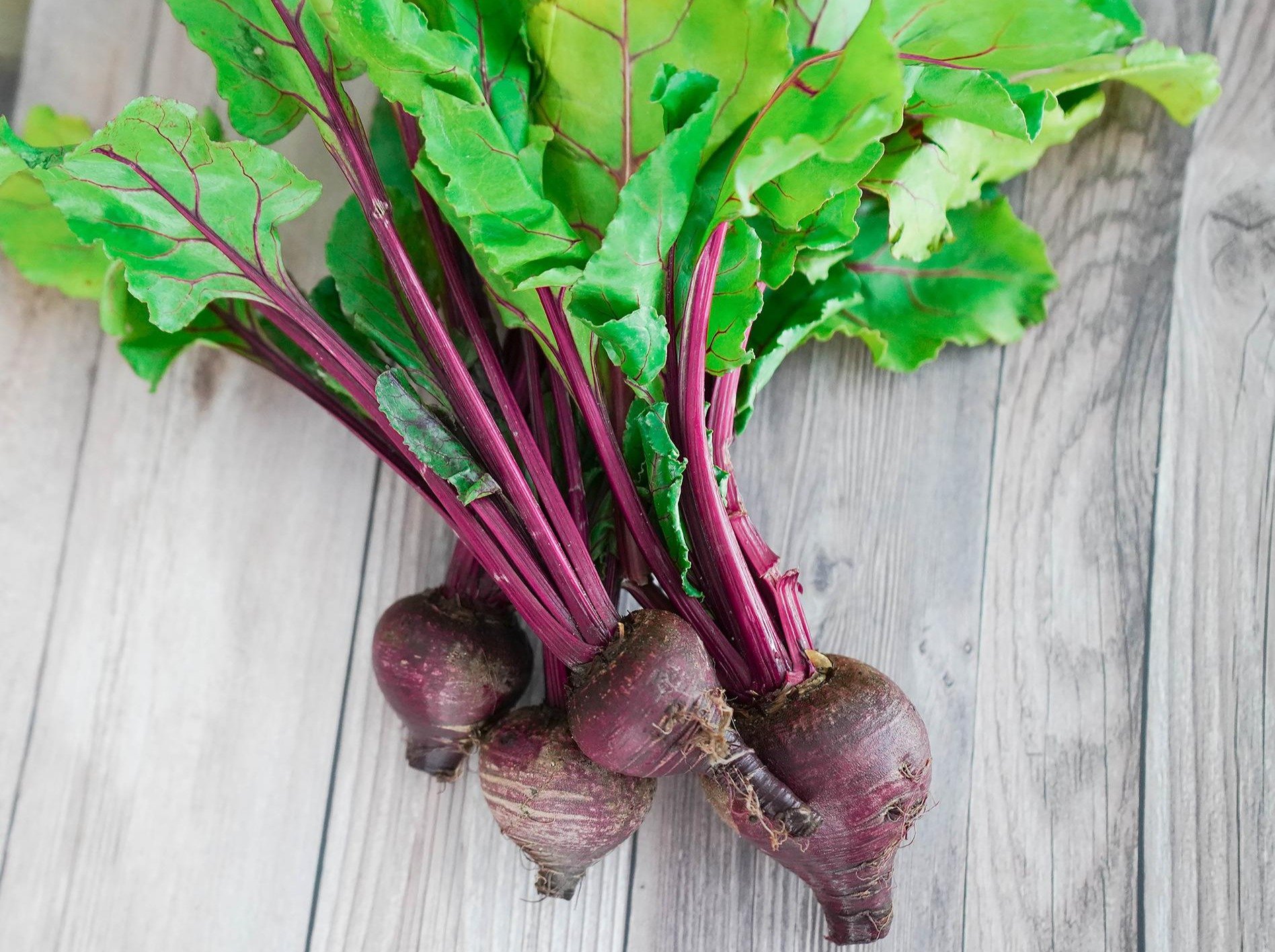
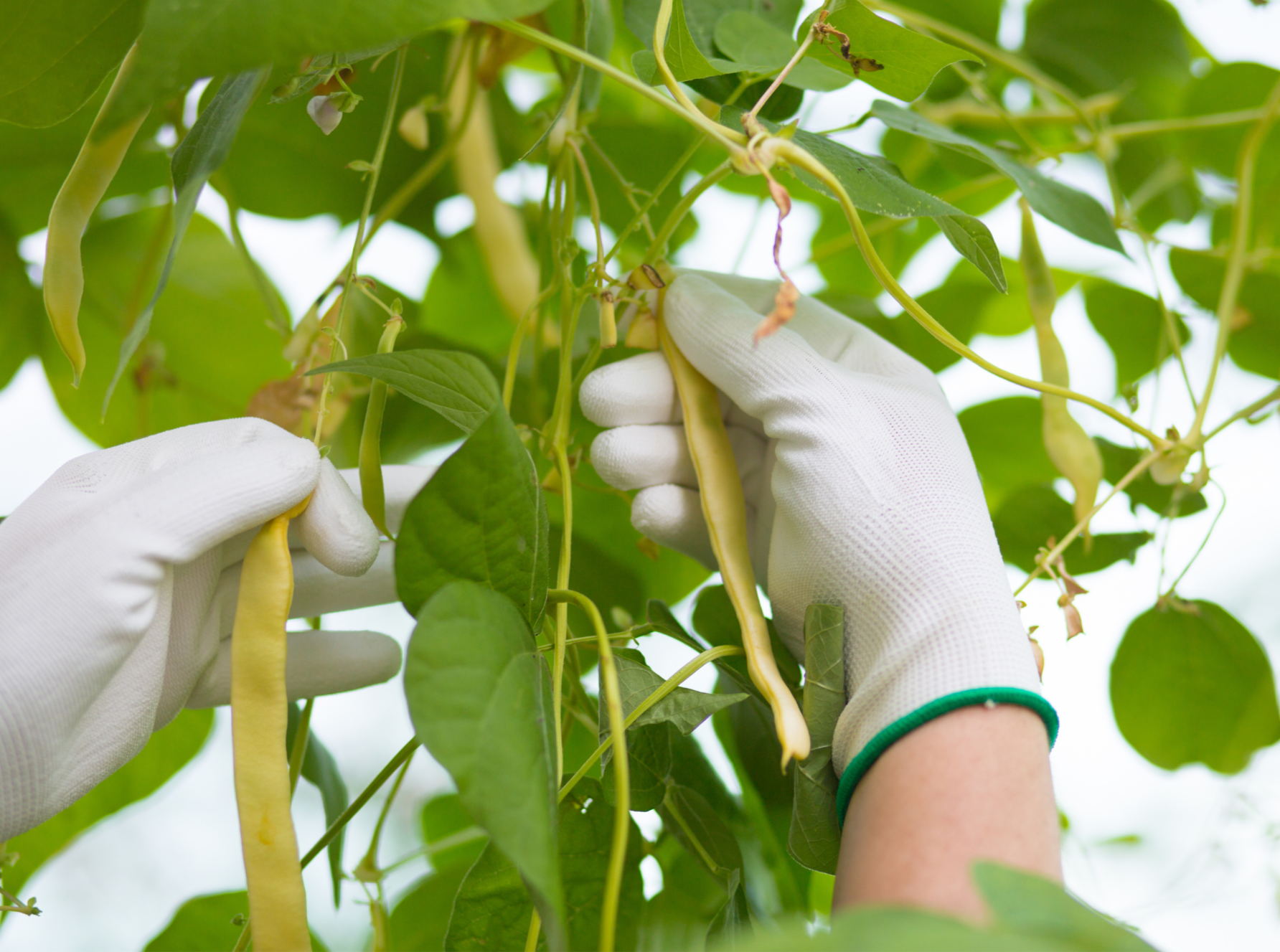
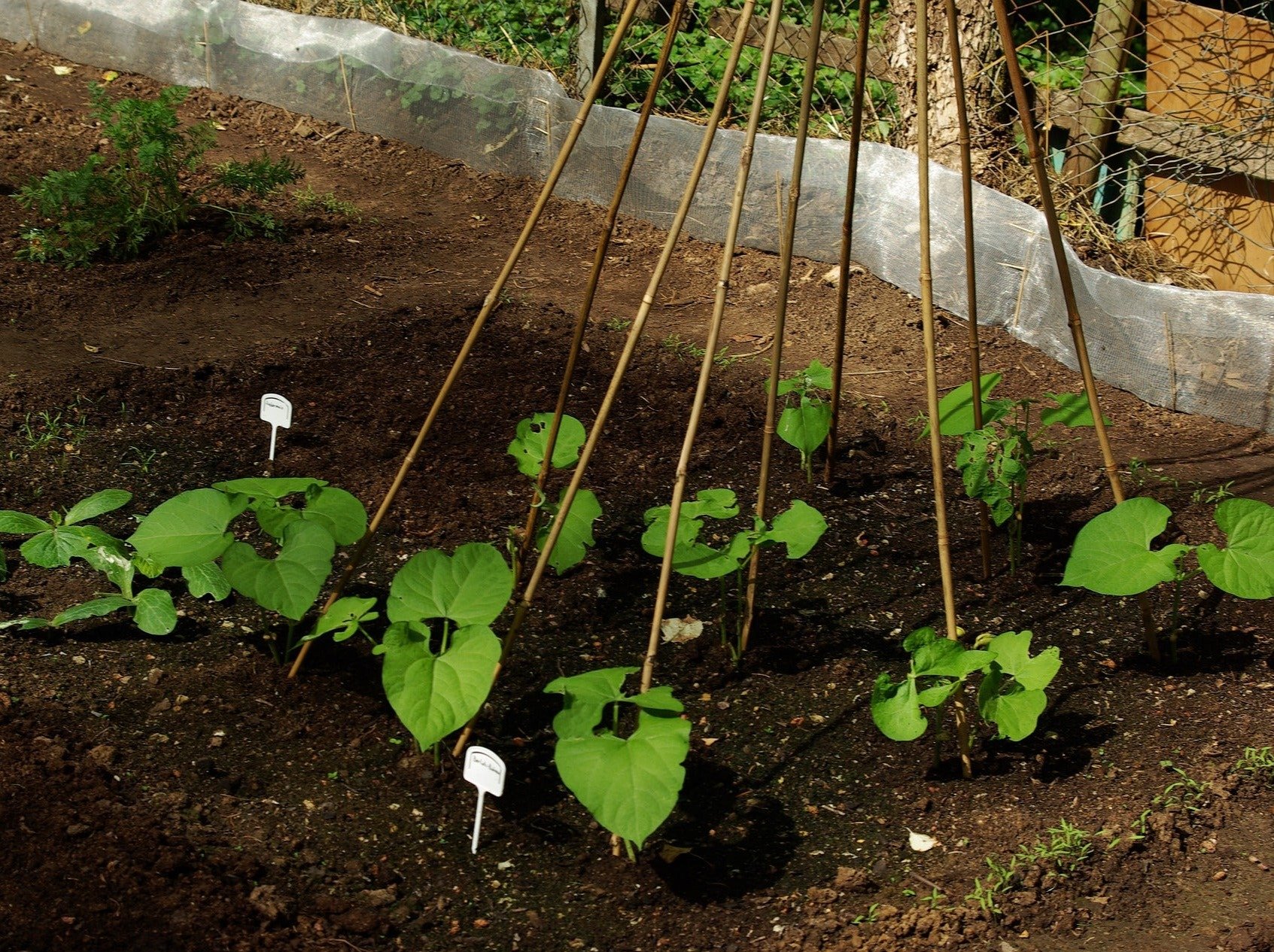
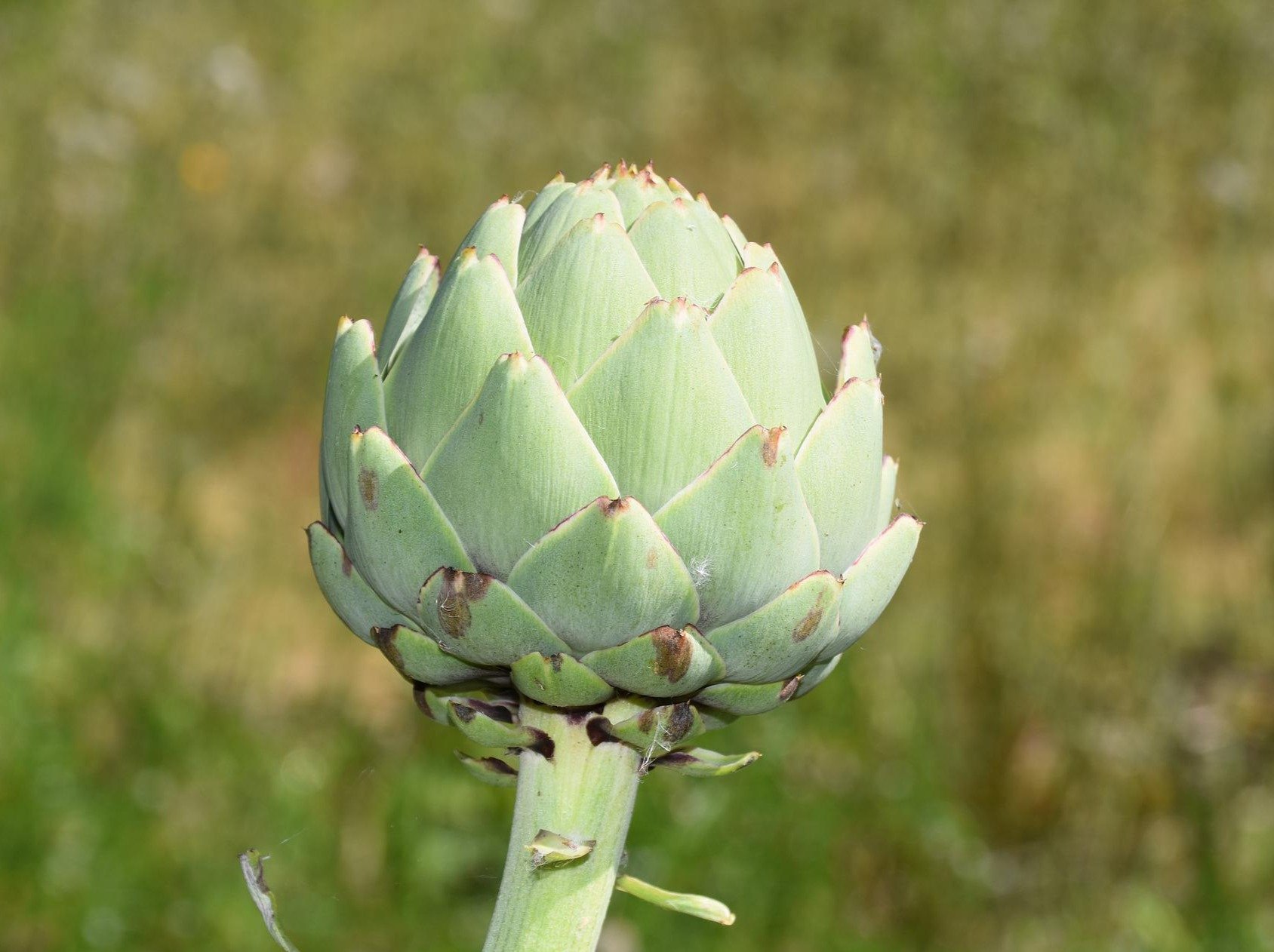
Sugar Snap Bon Pea are a popular, high-yielding variety that produces crisp, sweet, stringless pods. Sugar Snap Bon Pea plants can grow up to 50cm tall and produce pods of around 8cm long. Sugar Snap Bon Peas are low maintenance and are resistant to powdery mildew. This is a climbing variety of pea that will require staking or a trellis for support.